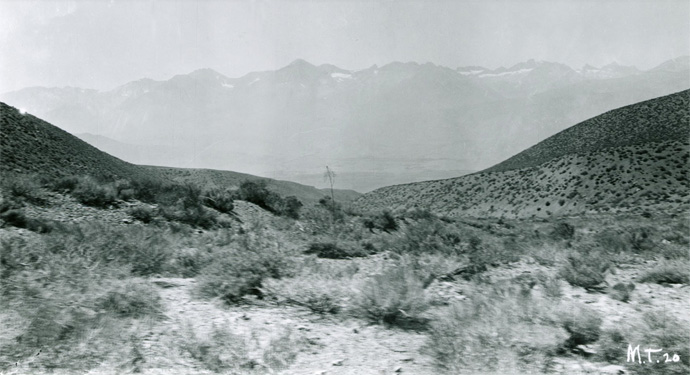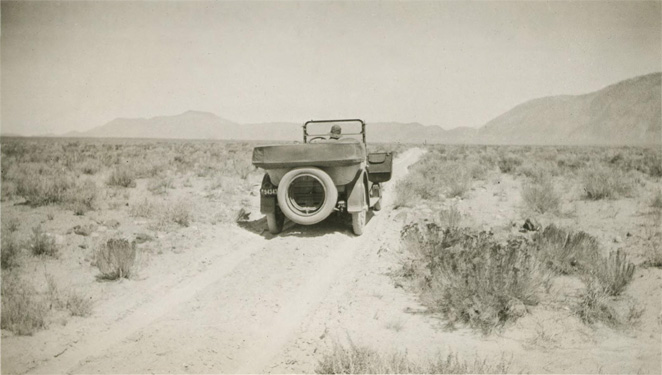



























|
All text and graphics are courtesy of the University of Michigan Library Digital Collections unless otherwise noted. See USE NOTICE on Home Page. |

 |
The Midland Trail, also called the Roosevelt Midland Trail, is the name of a cross-country route established in the 1930s as U.S. 60. The entire route stretches from the Chesapeake to the Pacific Ocean and was constructed during the period where the emergence of the automobile spurred the creation of national road systems. The Midland Trail
was a national auto trail spanning the United States from Washington, D.C., west to Los Angeles and San Francisco, California. The first road signed in 1913 was one of the first, if not the first, marked transcontinental auto trails in America. The early routing of the Midland Trail, from east to west, began in Washington, D.C., and continued through Richmond and Clifton Forge, Virginia, to Charleston, West Virginia, and passed on through Morehead, Kentucky to Lexington and Louisville, Kentucky; Vincennes, Indiana; Salem, Illinois; St. Louis, Sedalia, and Kansas City, Missouri, to Topeka, Kansas; to Limon and Denver, Colorado. From Denver, the original route split several ways to cross the Rocky Mountains via Berthoud Pass, Tennessee Pass, Cochetopa Pass, and Monarch Pass. All routes converged in Grand Junction, Colorado, and continued into Utah through Green River and Salt Lake City. The route then moved southward across the Salt Lake Desert through Iosepa, Orr’s Ranch, Fish Springs Ranch, and Ibapah, Utah. In central Nevada, the highway continued across the Great Basin Desert through Ely and Tonopah, then turned south at Goldfield in the Amargosa Desert, west into California at Lida, and over the Inyo Mountains and the White Mountains through Westgard Pass. At the junction in Big Pine, California, in the Owens Valley, the original routing then split into four options:
Realignment |
All University of Michigan Photos Are Circa 1926

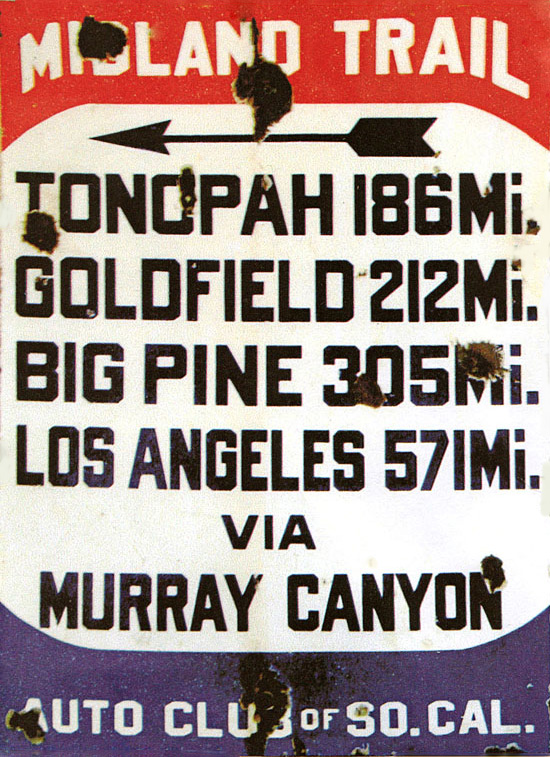
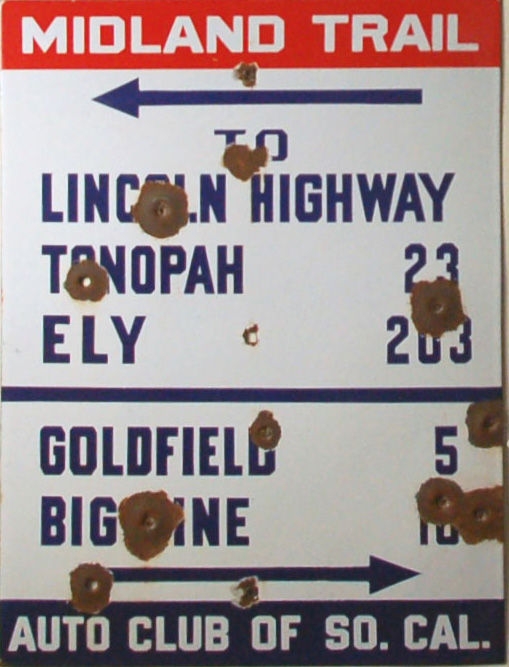


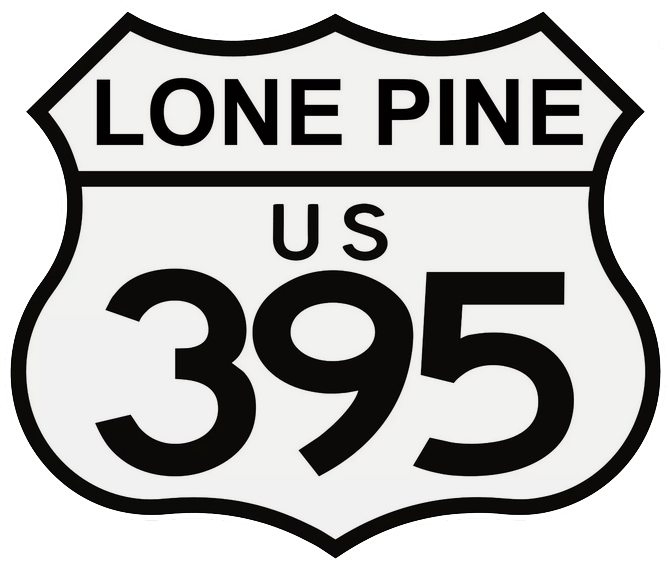


| Ed Turner, MWPT Packer and Author | ||
| 1946 Interstate Telegraph Company Phone Book for Inyo, Kern, and Mono Counties | ||
| Trail Signs | ||
XXXXXXXXXX |
||
XXXXXXXXXX |
||
XXXXXXXXXX |
Sign Guestbook View Old Guest Book Entries Oct 1999 - Feb 2015 (MS Word) |
 CONTACT the Pigmy Packer |
View Guestbook View Old Guest Book Entries Oct 1999 - Feb 2015 (PDF) |
![]() This page was last updated on 25 November 2024
This page was last updated on 25 November 2024![]()




